Cleanroom News, Cleanroom Technology, Cleanrooms
Top 5 Articles of 2019
Happy New Year and welcome to 2020! Following the celebrations of ‘The Most Wonderful Time of the Year,’ you’ll be forgiven for experiencing ‘The Most Hungover Time of the (New) Year.’ Let’s face it – who did not overindulge during the holidays? So if you need a few minutes of peace and quiet to nurse that aching head, there’s no better reason to sequester yourself away with some of the ‘Best of 2019’ articles, selected by our Berkshire Boffins to inform, entertain, and delight you.
If there’s one thing that 2019 taught us it’s that the world of cleanrooms and contamination-free environments is constantly adapting to new challenges. Indeed, as our top-rated article discussed, ensuring sterility via autoclaves, irradiation, and now an all-new process using ethylene oxide can be a potential minefield in terms of health impacts. Unsure of why? Head over to #1 on our list to become more familiar with genotoxins and mutagens. The #2 ‘most viewed’ article of last year begins with a grisly photo that somehow failed to discourage our wonderful readers from chewing on the material. And mastication was indeed central to an exploration of how magnetic microbots represent our best weapon in the war against bacterial biofilms. Ah, the ever-popular world of modern oral hygiene and dentistry!
While maintaining your dazzling smile requires return trips to the dentist’s chair, something else known for its ability to dazzle is acquired only once – hopefully! A diamond is, as they say, forever and, in our research into lab-grown rocks (#3 in our Top Five of the Year), we were excited to learn that conscientious consumerism is increasingly pushing the rare gem market away from conflict carbon, towards ethically produced sparklies. And of course, when grown in a lab, the size of your rock is limited only by the imagination.
But bigger is not always better as our #4 top-rated article demonstrates. When it comes to a product relying on silicon – a different element within the same group as carbon on the Period Table – smaller is certainly the best. And performing a phenomenal five trillion operations per second, Apple’s A12 bionic chip relies on an arsenal of 6.9 billion transistors measuring 7 nanometers in size. Finding that hard to believe? Head over to the article to see why it placed #4 of 5!
And bringing our list to a close, the #5 most popular article last year examined the highs and lows, triumphs and woes of India’s cleanroom-based technologies. From the Chandrayaan-2 project to the regulation of pharmaceuticals, we were excited and dismayed (although not in equal measure) by news from a continent resolutely sounding the drumbeat of technological advancement.
Each year, we strive to present ideas relevant to our industry with an interesting twist, and we’re gratified to see your engagement with them. In the coming year, we’ll be exploring more fresh new ideas and chronicling the developments and breakthroughs achieved in our cleanroom environments. Each innovation has the potential to lead us forward – in terms of our technology, security, economy, and broader society – and we are honored to be a part of such an inherently ingenious industry. At Berkshire, our mission is to offer our support and expertise to a profession and a community that is changing the world, one innovation at a time.
Here’s to a fun review of ‘The Best of 2019,’ and to embracing the immense promise of the year ahead!
- Can Ethylene Oxide Ever Be Considered Safe? On Genotoxins and Mutagens
Let’s face it, no-one is getting any younger. Even the fittest, most active and health-conscious among us will confront a health challenge at some point in our life and, as we age, those concerns tend to become more complex and require more careful treatment. Where youngsters can get away with the trauma of the occasional broken bone, the more – ahem – ‘mature’ members of the community face broader issues in dealing with time’s ravaging of the physical body. And these concerns can truly focus the mind. After all, dealing with the dual difficulties of health problems and insurance coverage battles is usually enough for most people to worry about. So it is understandable that few of us have the bandwidth to think of anything more than how to get better and how to pay for it. And we certainly do not want to have to worry about whether the equipment used in our care is fully sterilized.
But in the wake of the shuttering of two sterilization facilities in Michigan and Illinois, perhaps we should. Our top-rated article of 2019 examines a subject that should concern everyone working in our field – so feel free to check it out again right now!
- When Bacterial Biofilms Meet Magnetic Microbots: The Biggest Battle in Dentistry
Can we have a show of hands for those whose oral health is such that they have never had a cavity, a crown, a root canal, or an extraction? Hmm….not seeing many hands going up right now. And that’s not surprising. Few of us are fortunate enough to avoid the excruciating anxiety of that long walk to the dentist’s chair. Of the terrifying words “You’ll just feel a little pinch…” as Novocaine slides into a tender gum. And the high pitched whine and smell of burning as a drill chews its way through enamel and into bone. And whether undergoing a root canal or a simple filling, one thought is universal to the experience:“Why?” Per the theory of Occam’s Razor, the best answer is usually the simplest one – and in this case it’s bacterial contamination.
But before rushing to judgement on oral hygiene, let’s map the common path we follow to the indignity of reclining in the dentist’s chair with a (literal) handful of latex-clad digits poking around our molars. The responsible parties, in this case, are the bacteria that colonize the mouth, forming communities on and between our teeth, and recycling sugars from our own food. And with feeding comes excreting, the results of which contribute to the formation of a biofilm called ‘plaque.’ Ewwww… But there’s good news from the cleanrooms of Pennsylvania where legions – armies, in fact – of microscopic cleaning crews are revolutionizing oral health. Think that’s far fetched? Learn more in our #2 top-rated article in Cleanroom News!
- Lab-Grown Diamonds – HPHT – CVD: Birthed in Fire and Fury
Traditionally, the month of June heralds one of the most romantic times of the year: wedding season. Moreover, it is also known as being the most expensive – for some new romantics, at least. The reception venue, band, photographer, ceremony site, cake, favors…the list of serious expenses seems never-ending. Not to mention the stress of paperwork, travel woes, and where to seat that inevitable family member whose sorely outdated views on absolutely everything are guaranteed to alienate most of the guests. Admit it – there’s one in every family. And even before that there’s also the expense of the engagement ring.
We all know that ‘a diamond is forever’ and that traditionally it should cost at least two months’ salary. But with new developments this level of expense is no longer strictly necessary. Why? Because these days the thrifty romantic can opt not for a natural diamond but instead for a synthetic version grown in a lab. But how close are they to the ‘real thing?’ Good question – let’s take a look by checking out our #3 of the Top 5 list!
- Apple’s A12 Bionic Chip Races Out of the Cleanroom! (Five Trillion Operations Per Second)
What do we talk about when we talk about Apple? Perhaps it is no longer surprising that the devices and consumables that most readily spring to mind when we hear of the 11th most profitable company in the world (behind a spill of oil producers, Warren Buffet’s Berkshire Hathaway, and the perennial love-to-hate behemoth, Walmart) are not the ones that built the empire. They are no longer personal computers like the Macintosh that wowed a generation of proud geeks with their then revolutionary graphical user interface (GUI), integrated screen, and built-in mouse. Nor yet are they the descendants spawned from that initial product. When we talk about Apple today, the item that springs most readily to mind today is one that no longer sits on our desk but which we now carry in our pocket, or the waistband of our Lululemons: the cellphone.
Yes, that erstwhile communications device of the rebels and present-day must-have status symbol is everywhere but, given the seeming ubiquity of the device, it may come as a surprise that Apple was not the first player in the mobile communications market. Didn’t know that? Read on to find out why in our #4 most popular article of 2019…
- India’s Cleanroom Highs and Woes: From the Lunar Lift-Off to Dangerous Drugs
India. A continent of extremes. To some, it’s an enchanted land where outrageous wealth lives alongside extraordinary poverty. One in which breathtaking natural beauty co-exists with massive urban decay. India is a nation where a deep-rooted mystical tradition does little to slow the drumbeat of technological advancement. Home to the largest supplier of generic pharmaceuticals and to a space program operating on a shoe-string budget, the country seems adept at leveraging the best cleanroom technology in its pursuit of a better seat at the global table. But does that pursuit also entail short-cuts that could compromise safety?
In July, Chandrayaan-2 blasted off from the Sriharikota space station, a rocket launch site operated by the Indian Space Research Organization based in Andhra Pradesh. To date, only three other countries have successfully landed on the lunar surface – the United States, the then Soviet Union, and China – and the craft’s journey largely echoes that of Israel’s lunar attempt with Beresheet. After an initially aborted launch attempt, Chandrayaan-2 entered Earth’s orbit where it remained for 23 days before setting itself on the path to the Moon. And, assuming that this mission is successful, Chandrayaan-2 will be doing something other missions have not yet achieved: mapping the satellite’s little-explored South Pole. Want to know more? Jet over to find out more on our 5th most popular article of 2019!






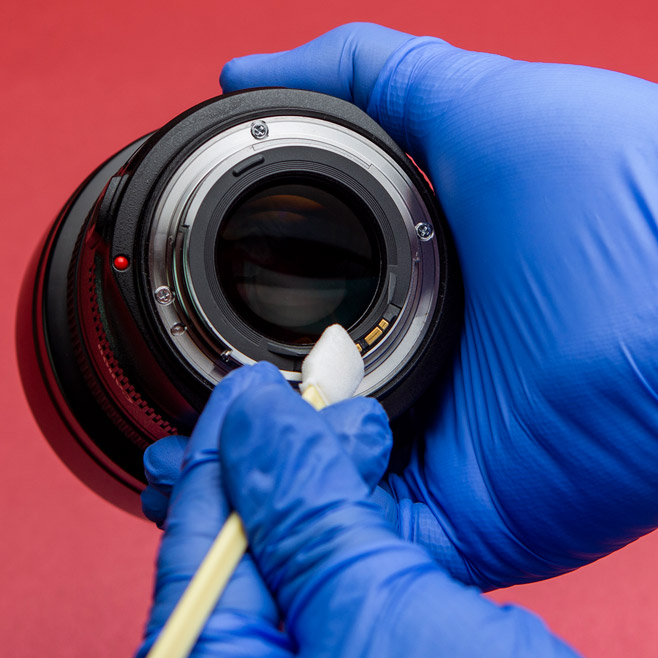



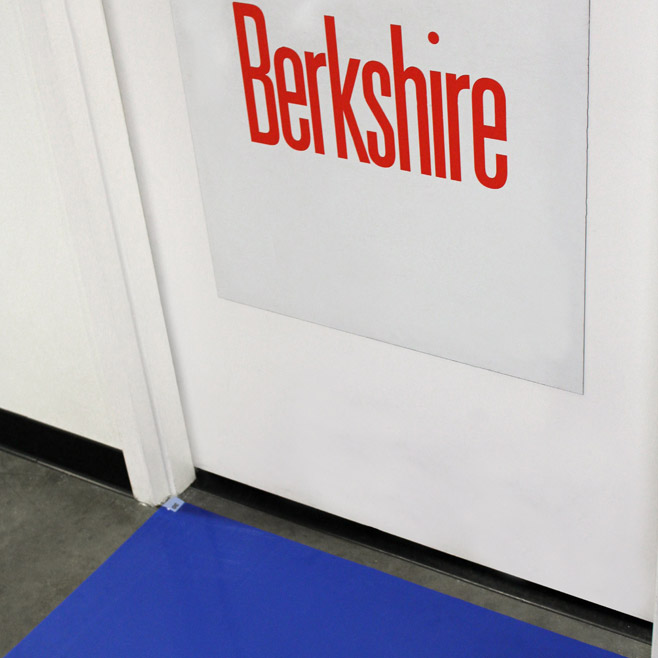




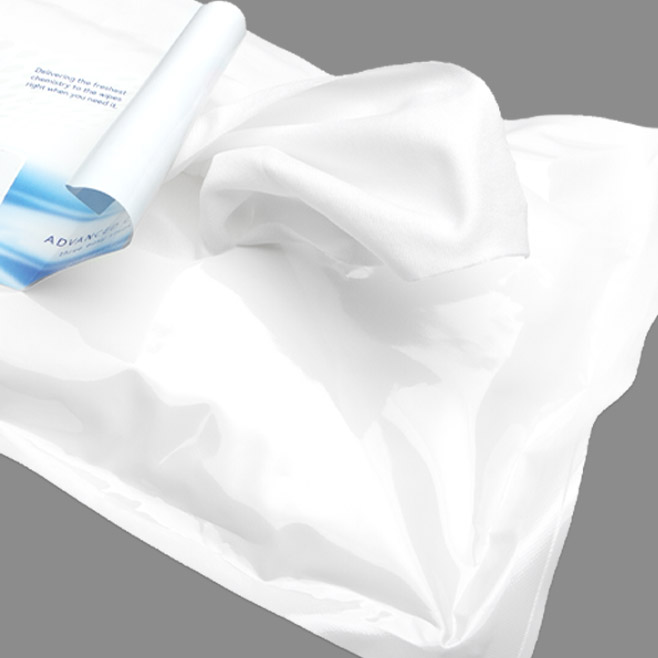
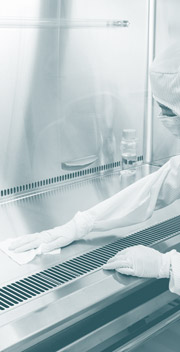

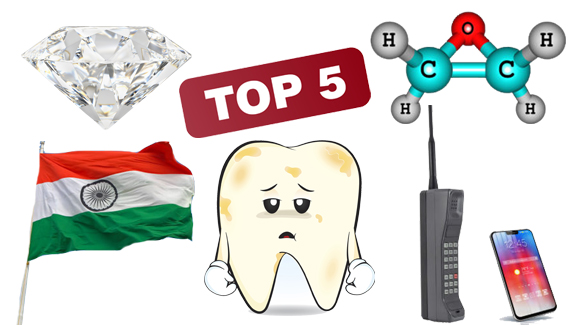

HAVE AN IDEA FOR CONTENT?
We are always looking for ideas and topics to write about.
Contact Us